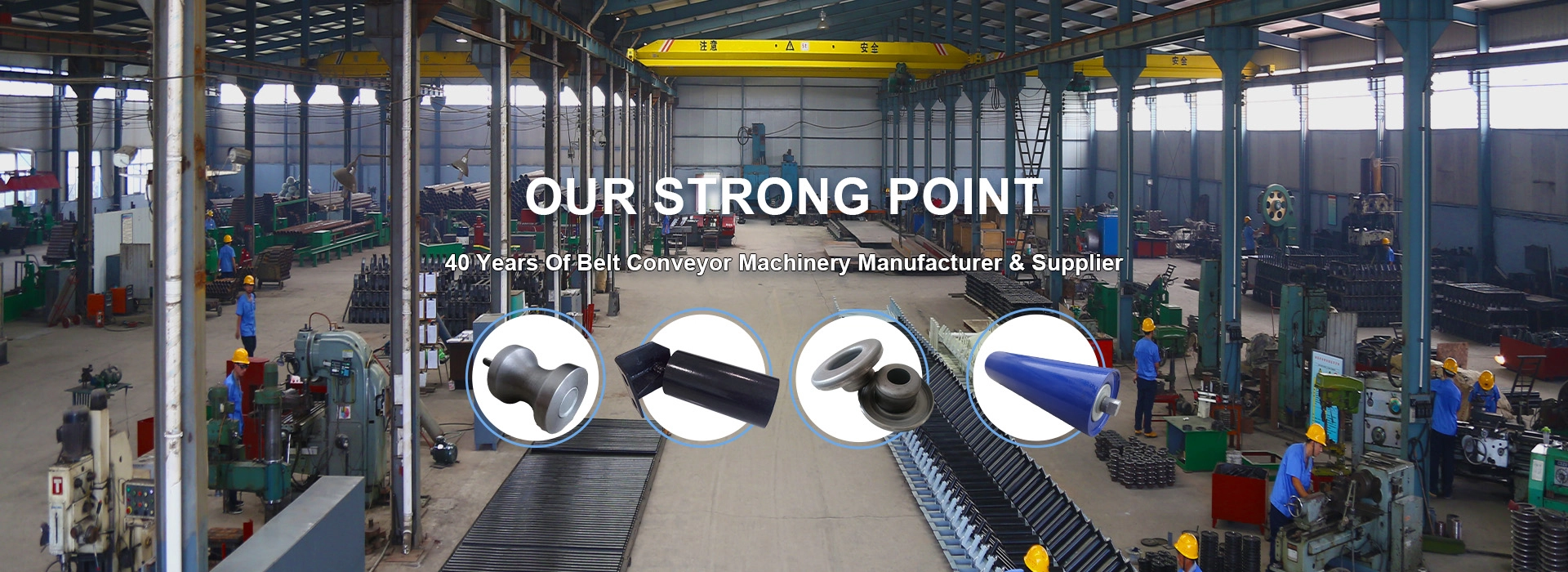 Afrikaans
Afrikaans  Albanian
Albanian  Amharic
Amharic  Arabic
Arabic  Armenian
Armenian  Azerbaijani
Azerbaijani  Basque
Basque  Belarusian
Belarusian  Bengali
Bengali  Bosnian
Bosnian  Bulgarian
Bulgarian  Catalan
Catalan  Cebuano
Cebuano  Corsican
Corsican  Croatian
Croatian  Czech
Czech  Danish
Danish  Dutch
Dutch  English
English  Esperanto
Esperanto  Estonian
Estonian  Finnish
Finnish  French
French  Frisian
Frisian  Galician
Galician  Georgian
Georgian  German
German  Greek
Greek  Gujarati
Gujarati  Haitian Creole
Haitian Creole  hausa
hausa  hawaiian
hawaiian  Hebrew
Hebrew  Hindi
Hindi  Miao
Miao  Hungarian
Hungarian  Icelandic
Icelandic  igbo
igbo  Indonesian
Indonesian  irish
irish  Italian
Italian  Japanese
Japanese  Javanese
Javanese  Kannada
Kannada  kazakh
kazakh  Khmer
Khmer  Rwandese
Rwandese  Korean
Korean  Kurdish
Kurdish  Kyrgyz
Kyrgyz  Lao
Lao  Latin
Latin  Latvian
Latvian  Lithuanian
Lithuanian  Luxembourgish
Luxembourgish  Macedonian
Macedonian  Malgashi
Malgashi  Malay
Malay  Malayalam
Malayalam  Maltese
Maltese  Maori
Maori  Marathi
Marathi  Mongolian
Mongolian  Myanmar
Myanmar  Nepali
Nepali  Norwegian
Norwegian  Norwegian
Norwegian  Occitan
Occitan  Pashto
Pashto  Persian
Persian  Polish
Polish  Portuguese
Portuguese  Punjabi
Punjabi  Romanian
Romanian  Russian
Russian  Samoan
Samoan  Scottish Gaelic
Scottish Gaelic  Serbian
Serbian  Sesotho
Sesotho  Shona
Shona  Sindhi
Sindhi  Sinhala
Sinhala  Slovak
Slovak  Slovenian
Slovenian  Somali
Somali  Spanish
Spanish  Sundanese
Sundanese  Swahili
Swahili  Swedish
Swedish  Tagalog
Tagalog  Tajik
Tajik  Tamil
Tamil  Tatar
Tatar  Telugu
Telugu  Thai
Thai  Turkish
Turkish  Turkmen
Turkmen  Ukrainian
Ukrainian  Urdu
Urdu  Uighur
Uighur  Uzbek
Uzbek  Vietnamese
Vietnamese  Welsh
Welsh  Bantu
Bantu  Yiddish
Yiddish  Yoruba
Yoruba  Zulu
Zulu Exploring the Benefits of Using an Impact Bed for Conveyor Systems in Material Handling Applications
The Role of Conveyor Impact Beds in Material Handling Systems
In the world of material handling, conveyor systems play a critical role in ensuring efficient and effective transportation of goods. Among the various components that make up these systems, conveyor impact beds have emerged as essential tools for enhancing performance and minimizing wear and tear. This article delves into the importance of conveyor impact beds, their design, and their benefits in various industries.
Conveyor impact beds are specialized structures designed to absorb the energy of falling materials and reduce the impact on conveyor belts and other components. When materials are dropped onto a conveyor belt from a height—whether from a chute, another conveyor, or loading equipment—they can create significant impact forces. These forces can lead to damage to the conveyor system, including belt wear, misalignment, and structural failure. Impact beds act as a cushioning layer, effectively dissipating the energy and preventing excessive wear on the conveyor.
The design of conveyor impact beds is crucial to their effectiveness. Typically constructed from durable materials such as rubber or polyurethane, impact beds often feature specific designs like cradles or troughs to accommodate the shape and size of the transported materials. They may also include features like adjustable height and angle to ensure optimal positioning relative to the conveyor belt. This adaptability allows impact beds to be used in various applications, from heavy-duty mining operations to lighter manufacturing processes.
One of the primary benefits of using conveyor impact beds is the extension of equipment life. By minimizing the impact forces transferred to the conveyor belt, these beds reduce the likelihood of damage caused by excessive wear or misalignment. This translates to lower maintenance costs and extended service life for the conveyor system, which is critical for businesses looking to maximize productivity and minimize downtime.
conveyor impact bed

Additionally, conveyor impact beds can enhance safety in the workplace. By effectively absorbing impacts, they help prevent sudden jolts that could lead to injuries for personnel working near conveyor systems. Ensuring that materials are transported smoothly contributes to a safer working environment, reducing the risk of accidents associated with material handling.
Using impact beds also contributes to improved operational efficiency. When materials are dropped onto a conveyor without adequate protection, it can lead to disruptions in flow, including belt slippage or blockages. Conveyor impact beds help maintain a consistent material flow, allowing for continuous production processes. This reliability is essential for industries such as mining, construction, and manufacturing, where high throughput and operational consistency are paramount.
Furthermore, modern impact beds often incorporate advanced materials and designs that reduce noise during operation. Excessive noise can be a significant issue in industrial settings, leading to worker fatigue and potential hearing damage. By mitigating the impact noise, these beds contribute to a more pleasant working environment, positively impacting employee morale and productivity.
In conclusion, conveyor impact beds are a vital component of material handling systems across various industries. Their ability to absorb impact forces, enhance equipment longevity, improve safety, and promote operational efficiency makes them invaluable. As industries continue to evolve and place greater emphasis on reliability and worker safety, the importance of integrating effective conveyor impact bed solutions into material handling operations will only grow. Investing in high-quality impact beds not only safeguards infrastructure but also contributes to the overall success of material transport processes.
-
Revolutionizing Conveyor Reliability with Advanced Rubber Lagging PulleysNewsJul.22,2025
-
Powering Precision and Durability with Expert Manufacturers of Conveyor ComponentsNewsJul.22,2025
-
Optimizing Conveyor Systems with Advanced Conveyor AccessoriesNewsJul.22,2025
-
Maximize Conveyor Efficiency with Quality Conveyor Idler PulleysNewsJul.22,2025
-
Future-Proof Your Conveyor System with High-Performance Polyurethane RollerNewsJul.22,2025
-
Driving Efficiency Forward with Quality Idlers and RollersNewsJul.22,2025





























